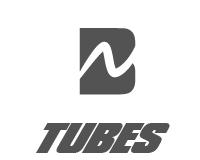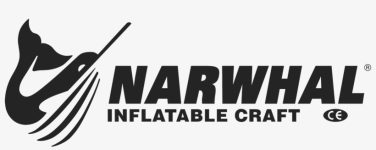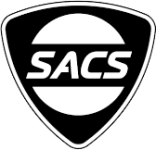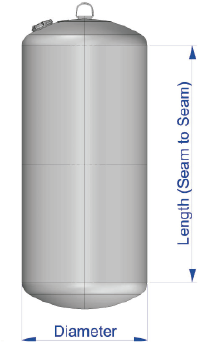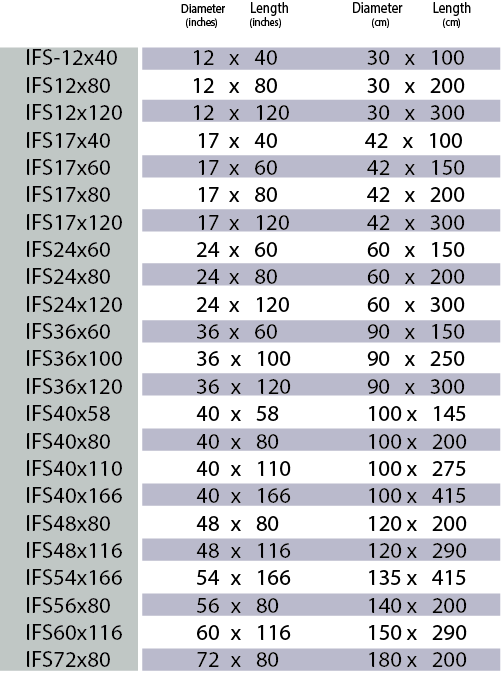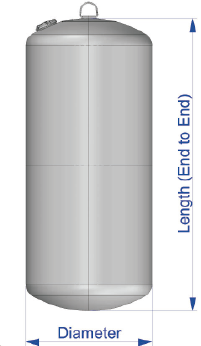Hypalon (CSM) vs. PVC: A Thorough Analysis for Boat Owners and Crews
Introduction: Choosing the right material for inflatable and semi-rigid boats is crucial for maximizing durability, performance, and cost-effectiveness. This article outlines the advantages and disadvantages of Hypalon (CSM) versus PVC, providing a detailed guide to help owners and crews make informed decisions.
Advantages of Hypalon (CSM):
- Resistance to Environmental Conditions: Hypalon is exceptionally resistant to UV rays, ozone, and chemicals, offering an extended lifespan even under harsh marine conditions.
- Durability and Abrasion Resistance: Its superior resistance to wear and abrasion makes it ideal for vessels operating in challenging environments. Moreover, repairs on Hypalon are more durable and effective, particularly because it does not suffer from plastifier migration, which can affect adhesive bonds.
- Flexibility and Temperature Stability: Hypalon maintains excellent flexibility across a wide range of temperatures, essential for vessels operating in varied climates.
- Aesthetic and Customizable Finish: Available in various colors and textures, Hypalon allows for customizations that meet aesthetic requirements without compromising quality.
- Chemical Stability and Durability in Adhesive Applications: Hypalon’s superiority in adhesive applications is due to its chemical stability, which prevents plastifier migration and ensures long-lasting and reliable adhesive joints. In contrast, PVC can experience structural integrity problems due to plastifier migration that weakens adhesives over time.
Advantages of PVC:
- Cost-Effectiveness: PVC is less expensive and its manufacturing process is faster, making it accessible for a wide range of nautical applications.
- Light Weight: Its lightness facilitates maneuverability and is ideal for vessels that require agility.
- Water Resistance: It offers excellent water resistance, crucial for maintaining the watertight integrity of vessels.
- Versatility of Applications: The versatility of PVC allows its use in a broad range of nautical products, adapting to different designs and requirements.
Conclusion: The choice between Hypalon and PVC should be based on the specific needs and budget of each user. While Hypalon is ideal for those seeking maximum durability and performance in adverse conditions, PVC remains an effective option for less demanding applications and cost-sensitive scenarios. Both materials offer unique benefits, making a detailed evaluation crucial to making the most appropriate decision.



